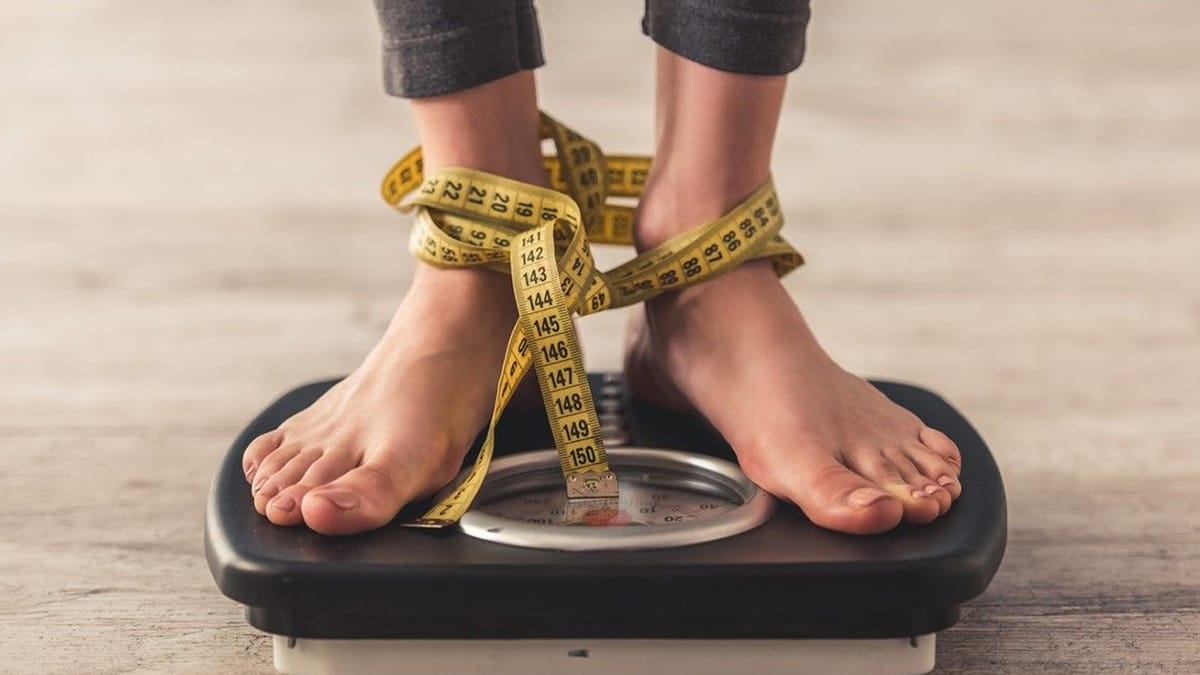6 Expert Tips to Combine Weight Loss Supplements with Exercise
Combining weight loss supplements with exercise can dramatically improve fat loss, energy levels, and overall health when done correctly. But if you mix them haphazardly, you risk wasting money, experiencing unpleasant side effects, or undermining your training progress.
6 Expert Tips to Combine Weight Loss Supplements with Exercise
This article gives you six expert tips based on research and real-world experience so you can safely and effectively combine supplements with exercise for maximum results.
By the end, you’ll know which practices to follow, how to avoid common mistakes, and which ingredients complement your training. This evidence-based guidance is designed to help you get leaner, stronger, and healthier.

1. Understand the Purpose of Each Weight Loss Supplement
Before adding any product to your regimen, clarify its role. Does it increase fat oxidation, boost energy, suppress appetite, or support recovery? Knowing the mechanism helps you time it correctly around workouts. For example, green tea extract and caffeine target fat burning and focus, while whey protein supports muscle repair after training. This clarity prevents overlapping ingredients and reduces risk of overstimulation.
2. Time Stimulant-Based Supplements Strategically
Many weight loss supplements contain caffeine, synephrine, or other stimulants. Taking them right before exercise can enhance focus, thermogenesis, and endurance. However, taking too much too late can disrupt sleep and recovery. Limit stimulant-based products to mornings or pre-workout only, and cycle them to maintain effectiveness. Studies show moderate caffeine (3–6 mg per kg) improves performance and fat oxidation during exercise.
3. Support Hydration and Electrolytes During Workouts
Supplements and intense workouts both increase fluid loss. Dehydration impairs fat metabolism and exercise performance. Incorporate zero-calorie electrolyte blends or mineral waters to maintain sodium, potassium, and magnesium balance during and after training. This simple habit prevents cramps, headaches, and fatigue without adding calories that could sabotage your deficit.
4. Prioritize Protein Intake for Muscle Preservation
Weight loss often leads to muscle loss if protein intake is too low. Using a high-quality protein supplement after exercise supports muscle repair, increases satiety, and boosts metabolic rate. Choose a clean whey isolate or plant-based protein with minimal sugar and artificial additives. Research consistently shows higher protein intake improves body composition during weight loss.
5. Combine Recovery-Focused Supplements for Better Adaptation
Weight loss and exercise stress your body. Omega-3 fatty acids, curcumin, and probiotics can reduce inflammation, support joint health, and improve gut function. Taking these during your post-workout meal or later in the day helps you recover faster and train harder. This balanced approach avoids the common trap of focusing only on stimulants and ignoring recovery.

6. Track Your Response and Adjust Gradually
Everyone reacts differently to supplements, especially when combined with exercise. Keep a simple journal of what you take, timing, dosage, and how you feel during workouts. If you experience jitters, digestive upset, or sleep problems, reduce or remove the offending product. Gradual adjustments prevent wasted money and keep you safe. Consulting a qualified healthcare professional can also help you identify interactions or contraindications.
Transitioning From Knowledge to Action
When used correctly, weight loss supplements can complement your training by increasing energy, enhancing fat burning, and supporting recovery. But they’re not magic. Consistent exercise, balanced nutrition, and quality sleep remain the foundation of sustainable results.
Frequently Asked Questions
Do I need weight loss supplements to lose fat if I exercise regularly?
No, but they can enhance results by improving energy, focus, or recovery when used wisely.
What’s the best time to take weight loss supplements before or after a workout?
Stimulant-based products work best 30–45 minutes before exercise. Protein, omega-3s, and recovery aids work best after.
Can I take multiple supplements at once?
Start with one or two to gauge tolerance. Combining too many increases the risk of side effects or nutrient overlap.
Are there examples of non-branded products worth trying?
Examples include standardized green tea extract, natural caffeine capsules, zero-calorie electrolyte powders, clean whey or plant-based protein, omega-3 fatty acids, probiotics, and curcumin supplements.
Do these supplements work better with cardio or weight training?
Most can complement either, but protein and recovery supplements particularly benefit strength training, while caffeine and green tea extract may enhance endurance sessions.
Tips and Precautions to Avoid Problems
• Don’t exceed recommended dosages even if you’re eager for faster results.
• Avoid taking stimulant-based supplements late in the day to protect sleep.
• Keep training consistent; no supplement can replace effort and good nutrition.
Final Thoughts: 5 Key Takeaways
Match each supplement to a clear purpose and time it correctly around exercise.
Use stimulant-based products sparingly to enhance performance, not as a crutch.
Hydration and electrolytes are essential for fat burning and endurance.
Prioritize protein and recovery supplements to preserve muscle and reduce stress.
Track your response and adjust gradually to maximize benefits safely.
Implementing these tips will help you combine weight loss supplements with exercise more effectively. You’ll train harder, recover faster, and reach your goals without risking your health or wasting your investment.
Reference & Additional Reading
Inspired by studies and insights from:
www.health.harvard.edu
www.menshealth.com
www.healthline.com
www.womenshealthmag.com
www.ncbi.nlm.nih.gov
www.webmd.com
www.medlineplus.gov
www.tridenttech.edu
www.burnexia.com

